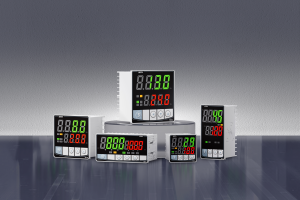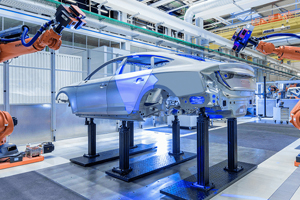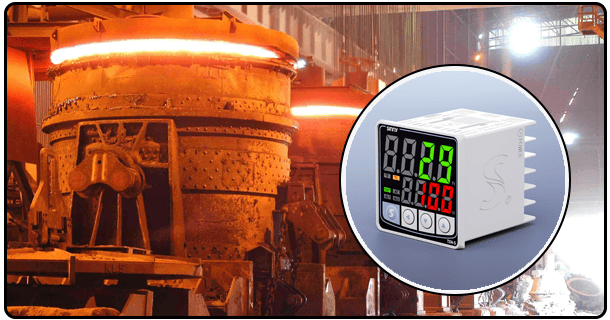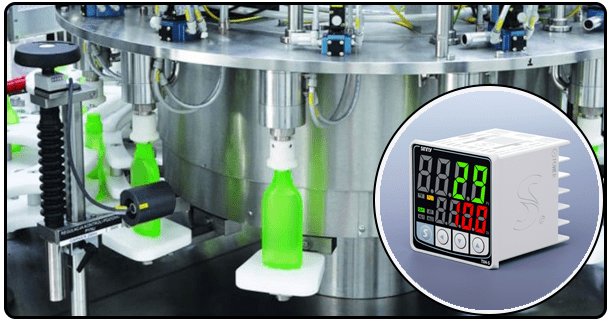Experimental Temperature Control Using PID
1. Introduction
PID Temperature Controllers are essential in modern industrial and engineering applications. They maintain precise temperature regulation. They are able to adjust the heating and cooling elements dynamically, ensuring a stable temperature. This makes them an invaluable tool in industries such as medical devices and lab research.
The experimental validity of PID temperature controls is explored in this article. It explores their basic principles, how to set up an experiment, tuning methods, and troubleshooting techniques. Users can use a systematic method to optimize the PID settings in order to reduce errors and unstable environments.
2. Understanding PID Temperature Controllers
Define and Function
A PID (Proportional-Integral-Derivative) controller is a feedback mechanism designed to regulate temperature by modulating the power supplied to a heating or cooling device. The controller compares continuously the temperature to a presetpoint, and then adjusts its output signal accordingly.
3. The Key Components in PID Control
Proportional: Responds proportionally to temperature errors.
Integral: Corrects errors accumulated over time.
Derivat (D): Projects changes in the future to stabilise fluctuations.
A PID controller, when properly calibrated, minimizes oscillations and overshoot, providing smooth temperature adjustment.
4. Application of PID Temperature Controls
Industrial furnace regulation.
Temperature stabilization in laboratory incubators.
HVAC systems to maintain ambient temperatures
Processing and Refrigeration of Food
Experiment Setup
Required Components
Hardware and software required for this experiment includes:
Microcontroller, such as Arduino, Raspberry Pi or similar.
A temperature sensor (thermocouple or RTD).
Heater element (e.g. Peltier module, resistive heater).
Driver or relay module to control output.
PID Tuning Software (MATLAB Python or Arduino IDE).
5. Wiring Diagrams and Circuit Diagrams
Follow these steps to implement a PID basic temperature controller:
Connect the input pin of the microcontroller to the temperature sensor.
Connect the heater to the driver of a MOSFET or relay, which is controlled by the controller.
Set up serial communication to monitor temperature in real time.
Use PID logic in the software of your microcontroller.
Methodology
Initial Configuration
Set the temperature desired.
Make sure the sensor gives accurate readings.
Initial PID parameter values are based on tuning standard values.
Step 2: Real-time Monitoring and Data Collection
Temperature fluctuations are recorded over time.
Log data for performance comparison between different PID tuning methods.
Recognize response patterns such as the overshoot or settling time.
6. PID Tuning Techniques
Manual tuning method
Start with a low gain in proportion and gradually increase.
Integral adjustments can be used to reduce steady state error.
To prevent oscillations, fine-tune the derivative values.
Ziegler-Nichols Tuning Approach
Determine the oscillation and ultimate gain of your system.
Use empirical formulas for determining optimal PID parameter values.
Validate the effectiveness of tuning through experiments.
7. MATLAB Based Tuning Approach
Use simulation software to optimize parameters precisely.
Comparing results with bode plots or step-response analysis.
Validate the PID controller by applying tuned values.
Results & Observations
Temperature Reaction Analysis
Generate response graphs illustrating system stability.
Comparing tuning methods based on accuracy and rise time.
Iteratively optimize parameters based on performance.
Comparison of Performance between Different Tuning Methods
Tuning method
Overshoot percentage
Setting Time (s)
Steady-State Error (%)
You can also download a manual.
Troubleshooting & Common Issues
Overshoots and Oscillations
Problem: Extremely high proportional gains
Solution Reducing gain by reducing I and D value.
Sensor Inaccuracies
Issue: Sensor calibration drift or drift.
Solution Validate readings from sensors using a thermometer as a reference.
8. PID Parameter Optimization Challenges
Problem Instability caused by improper integral settings
Solution: Make real-time changes based on trends in response.
The experimentation validation of PID Temperature Controllers gives invaluable insight into tuning and optimizing. Engineers and researchers are able to achieve high-precision thermal control by carefully tuning PID parameters. This minimizes errors and enhances system reliability.
By ensuring continuous improvement through experimentation, tuning and optimization you can not only improve the accuracy of temperature control but also technological and industrial advancements.
Optimizing and analyzing the performance of a PID temperature controller - an experimental study
- Understanding temperature controllers with PID: An Expert's Guide to Process Control Optimization
- The Complete Guide to How To Calibrate A PID Temperature Controller























